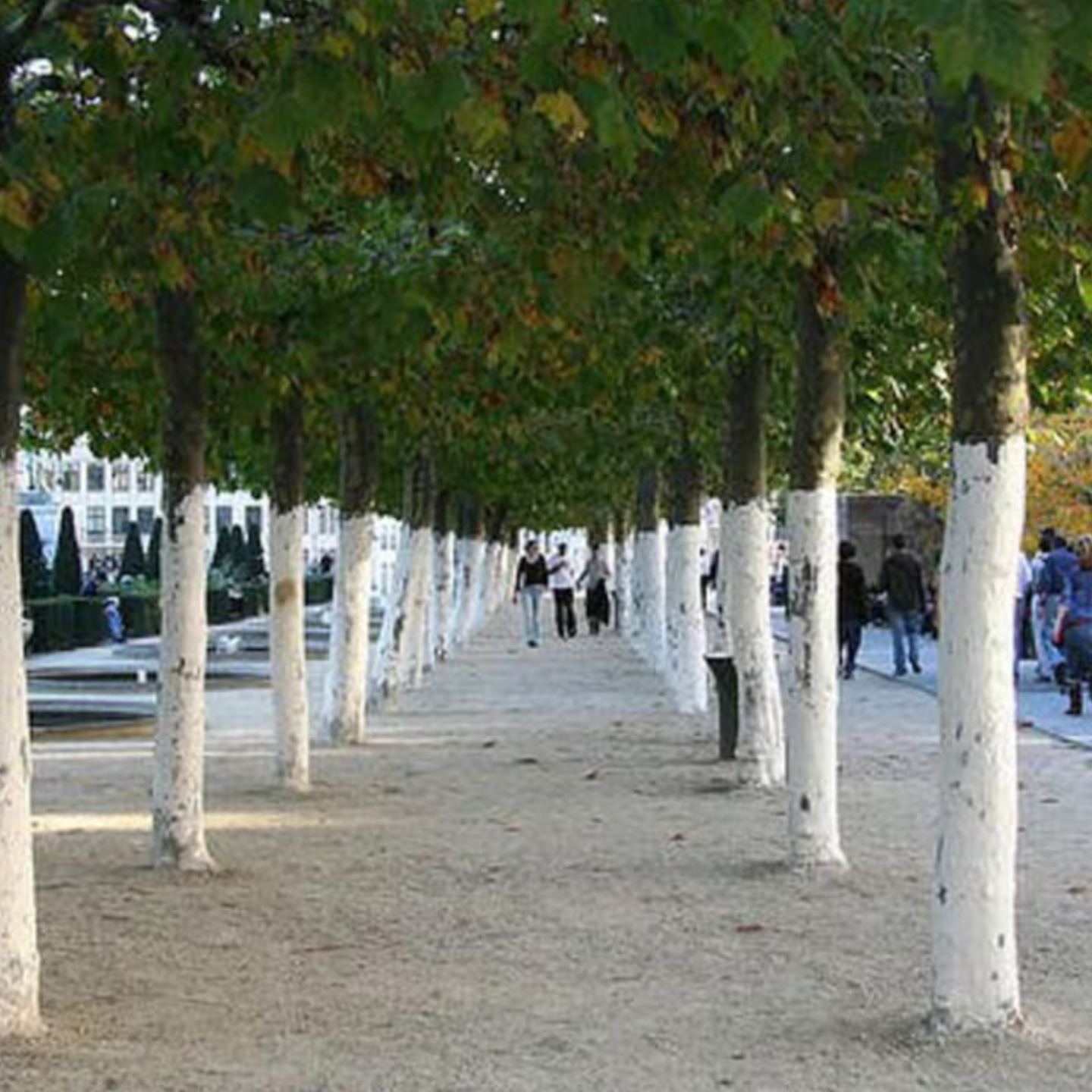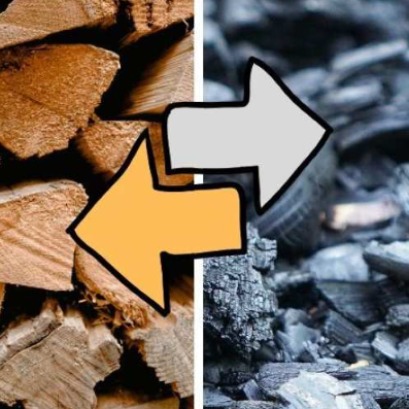
Why are the trunks of some trees white
White or wrapped painted of tree trunks is a common practice that goes beyond aesthetics. In various places, streets and even rural areas, this technique that has specific purposes for their protection, especially those youngest or vulnerable can be observed.
One of the main benefits of this technique is protection against solar radiation. Young trees with thinner cortes are especially susceptible to solar burns, which can weaken their structure and generate damage to new outbreaks. When applying a layer of lime in the trunks, direct exposure to the sun is reduced since a physical barrier is created that protects the cortex. In areas with extreme climates, the white painted helps protect trees from both excessive heat in Summer as frost in winter. The Cal applied in the trunks acts as an insulator, regulating the temperature of the cortex and minimizing the damage that may occur during the most extreme stations. The enchanted also contributes to the maintenance of the pH in alkaline soils. When gradually washed by irrigation or rain, lime is modifying the pH of the ground around the tree trunk, which can improve the conditions for its growth. This is important in agricultural areas where fruit trees, such as cherry trees, apple trees, require specific soil conditions to properly develop. Despite their multiple benefits, the dwelling also their detractors. Some experts argue that the cals applied in the trunks can hinder the breathing of the tree, since, in addition to using the leaves and branches, the trunk also participates in the gas exchange. In some cases, it can also hide the presence of pests or diseases, such as fungi, whose color can be confused with that of lime.
IT MAY INTEREST YOU
 Missions | New illegal felling in the Piņalito Provincial Park in San Pedro reveals the silent expansion of deforestation in protected areas
Missions | New illegal felling in the Piņalito Provincial Park in San Pedro reveals the silent expansion of deforestation in protected areas
The advance of deforestation on protected areas was once again evident this week in the Piņalito Sur Provincial Park, in San Pedro, where the Ministry of Ecology and Renewable Natural Resources confirmed a new case of selective illegal logging. The event occurs in a context of growing concern about the fragility of the environmental control system in rural and border areas, where the scarcity of resources, personnel and logistics limits the capacity of surveillance against criminal organizations organized to steal native woods and market them on the black market in connivance with sawmill owners.
 They promote research in pine resins from the NEA
They promote research in pine resins from the NEA
The forestry industry is one of the most important sectors in the economies of Misiones and Corrientes. Thousands of hectares of pine supply the paper, pulp, boards and sawmill industry. Pinus elliottii, one of the species established in the region, in addition to providing wood, is used to produce resin, a non-wood forest product with high demand in the chemical, pharmaceutical and cosmetic industries. In 2\024, resin extraction of approximately 52,6\0\0 tons was achieved from approximately 18,\0\0\0,\0\0\0 trees in production, generating income and jobs with high expansion potential.
 Canadian researchers make biochar from wood waste that rivals steel in strength
Canadian researchers make biochar from wood waste that rivals steel in strength
Researchers at the University of Toronto have developed monolithic biochar from wood that can reach an axial hardness of up to 2.25 GPa, similar to mild steel.
















